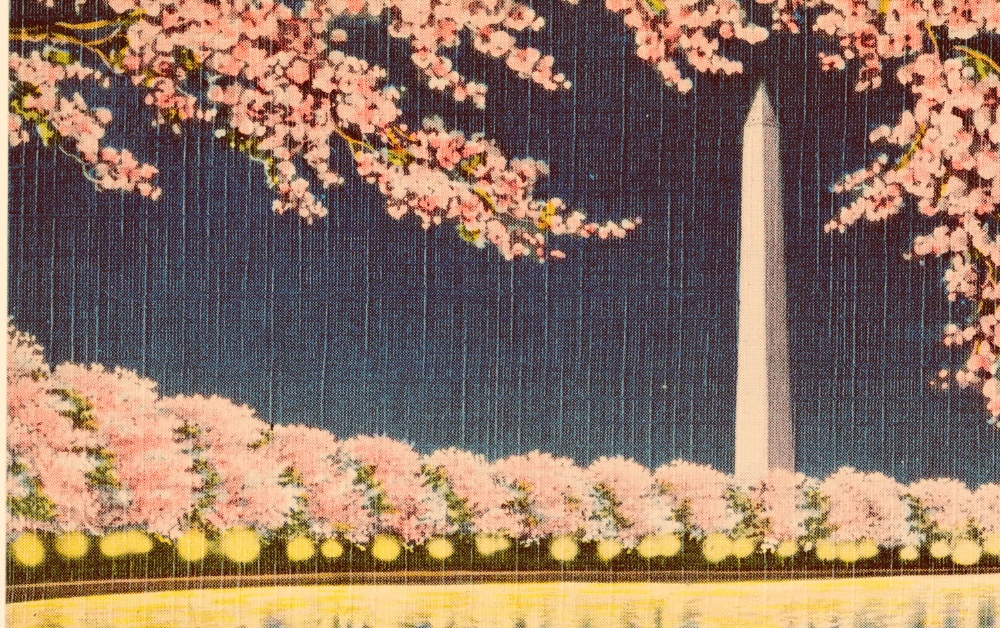
By Michele Lynn
As curator of Latinx Studies at the Smithsonian Institution’s National Museum of African American History and Culture, Ariana Curtis, Ph.D., is passionate about the museum’s commitment to increase and diffuse knowledge. Her ability to further this mission was forged as Curtis T’02 earned her bachelor’s degree at Duke in Comparative Area Studies (now International Comparative Studies). Her multidisciplinary major allowed her to explore history, politics, identity, arts and culture, and education—and to learn the importance of asking questions.
“I was encouraged to investigate areas of interest, without necessarily having an endgame in mind,” she says. “Through my professional career, I have never been afraid of inaugural programs or being the first to be a curator in a space. Being able to create and imagine in a structured way started with my undergraduate years at Duke.” In addition to being the first person in her current role, which she began in 2017, she was the first curator to bring a Latinx lens to her previous job at the Smithsonian’s Anacostia Community Museum.
In her scholarly and curatorial work, Curtis continues to use Duke’s library and archival resources. Her gratitude for the Libraries, combined with love of her alma mater, propelled Curtis to serve on the Library Advisory Board, which she joined last year. “I have researched in many parts of Duke’s collections and am always encouraged by the diversity, both historical and contemporary,” she says. “Joining the board allows me to talk about how important that diversity is for Duke students of all levels, but also researchers, national and international, that draw on Duke’s resources.”
The legacy of Duke historian John Hope Franklin looms large for Curtis’s experiences, both at Duke and the Smithsonian, where Franklin was founding chairman of the National Museum of African American History and Culture’s Scholarly Advisory Committee. A quote by Franklin—“We’ve got to tell the unvarnished truth”—not only appears on the wall of the museum but also represents the challenge Curtis and her colleagues seek to uphold in their work.
“Wanting to promote the work and collection of the Libraries, especially the John Hope Franklin Research Center, also aided my decision to join the library board,” says Curtis. As a daughter of an African American mother and a Black Panamanian father, she values “that Duke Libraries has dedicated resources to the collection, preservation, and dissemination of African American and African Diaspora history and culture as a standalone research center.”

When Curtis curated the first Latinx exhibition, Gateways/Portales, at the Anacostia Museum’s main gallery, she connected immigration stories in DC to those from the Raleigh-Durham area with collections borrowed from Duke Libraries. The exhibit included a “boycott” stencil and protest signs from Student Action with Farmworkers and a book of drawings created by children of farmworkers, with reflections on how their lives, communities, and families differed between the United States and their native Mexico. “I was glad to have people in D.C. relate to the dreams, fears, and aspirations of Mexican children in North Carolina,” says Curtis.
Curtis curates Latinidad through a specifically African American lens, rooted in U.S. history, at a national African American museum. She wants her work to help visitors learn something new, be affirmed in what they know, and have an emotional experience at the museum.
She lauds the commonalities between museums and libraries. “At their essence, these are places of beauty and education,” Curtis says. “These spaces offer resources—obviously materials—but also intangible, intellectual and human resources. Promoting and preserving the multiple perspectives of histories within Duke’s collections is why I give to Duke Libraries.”

